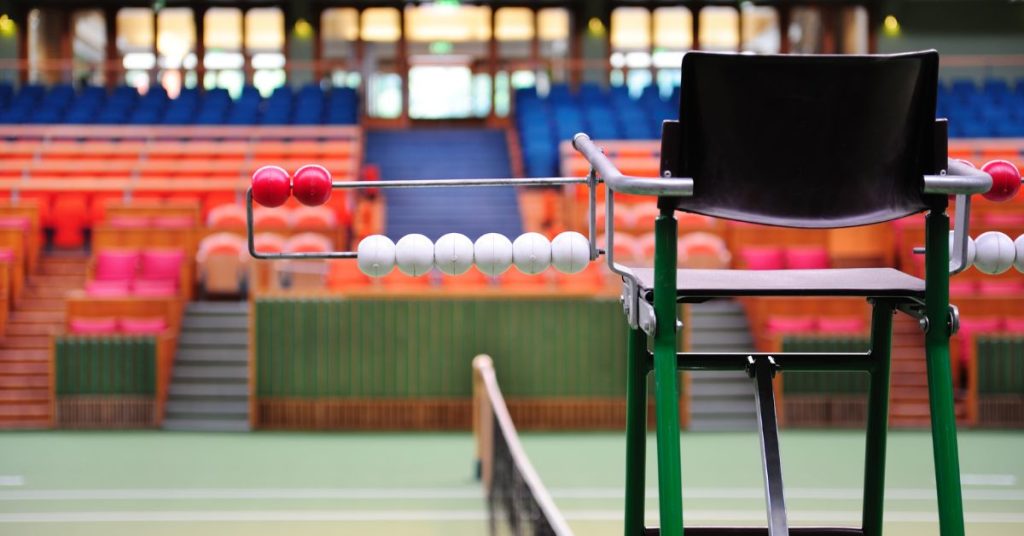Sportovi » Tennis » Rules in Tennis » Service

When serving, it is important to position yourself correctly. The player must stand behind the baseline, not crossing it, until the ball is struck. This rule ensures that there is no unfair advantage when starting the game. Improper positioning, such as touching or crossing the baseline before the shot, will result in a “foot fault” and loss of serve.
In tennis, each player is entitled to two service attempts. The first unsuccessful attempt is known as a “fault”, while the second unsuccessful attempt results in a “double fault”, automatically awarding a point to the opponent. This rule adds an element of pressure and strategy, forcing players to balance aggressiveness and conservatism in their serves.
The tennis serve must follow a diagonal pattern, aiming for the service box on the opposite side. If the service does not end up in the appropriate box, it is considered an error. This rule ensures that players remain precise and focused, adding complexity and technical difficulty to the serve.
A “foot fault” occurs when a player’s foot touches or crosses the baseline before the ball is hit. This mistake can result in loss of serve and points. The rule encourages discipline and precision when serving.
After each game, the players change sides, and the right of service passes from one player to another. This change allows players to experience different game conditions, such as sun, wind and shade, ensuring that no player has a continuous advantage due to the elements.
Serving in tennis is not just a technical skill; it’s a strategic move that requires mental acuity, an understanding of the rules, and the ability to adapt. Serving rules are set to ensure fair play, encourage sportsmanship and preserve the integrity of tennis as a world-class sport.
If the ball touches the net but still ends up in the correct service box, it is considered a “flight” serve and the player will serve again without penalty.
Yes, players can jump when serving. The key, however, is that they do not touch or cross the baseline before hitting the ball.
If the ball hits the opponent before it touches the ground, the serving player is awarded a point, unless it is a “flight” serve.
A “double fault” occurs when a player fails to correctly execute both service attempts, resulting in an automatic award of points to the opponent.
Yes, players can experiment with different serving techniques and styles, as long as they adhere to the basic rules of the tennis serve.